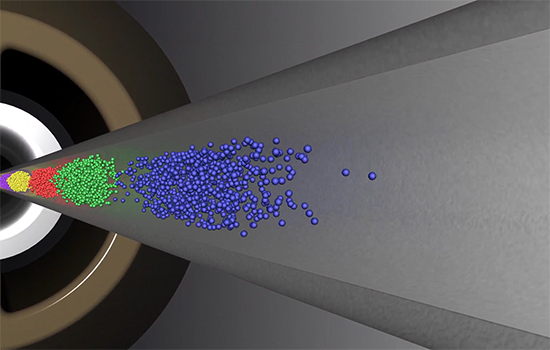Expand the Reach of Mass Spectrometry
The integration of capillary electrophoresis (CE) with electrospray ionization (ESI) into a single dynamic process within the same device delivers high-efficiency electrophoretic and hydrodynamic separation at ultra-low flow rates to enhance sensitivity and quantitation while reducing ion suppression bias.
When interfaced with your mass spectrometer, CESI-MS expands the reach of your mass spectrometer by providing:
- Proteoforms & peptide PTMs such as those with multiple phosphorylation sites
- Intact and native protein conformation and interactions
- Isobaric metabolites and glycans not resolved by traditional techniques
- Challenging charged & polar metabolites/degradation products such as anionic and/or hydrophilic analytes
Increased Coverage from Limited Samples
CESI-MS enables multiple experiments to be generated from as little as 5 microlitres (μL) of starting material. Combining this capability with the multi-segment injection methodology, you can process ten experiments in the time it would normally take to process one, with less than 1 μL consumed.
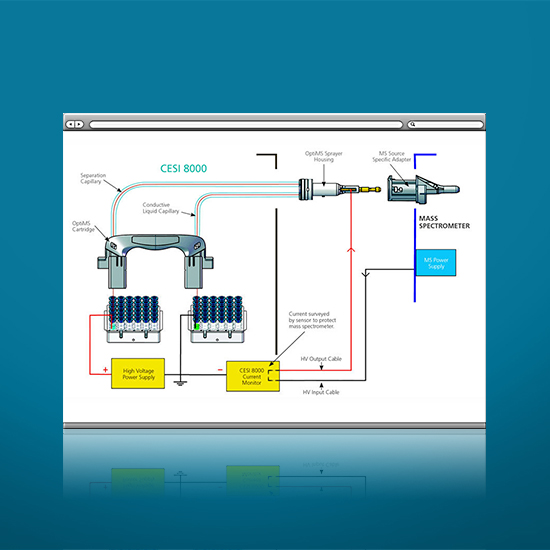
Highly Efficient ESI
The OptiMS cartridge assembly consists of a separation capillary terminating in the porous sprayer, a conductive liquid capillary, circulating liquid cooling, and sprayer housing. Conductive fluid is delivered automatically from a system vial that completes the CE circuit.
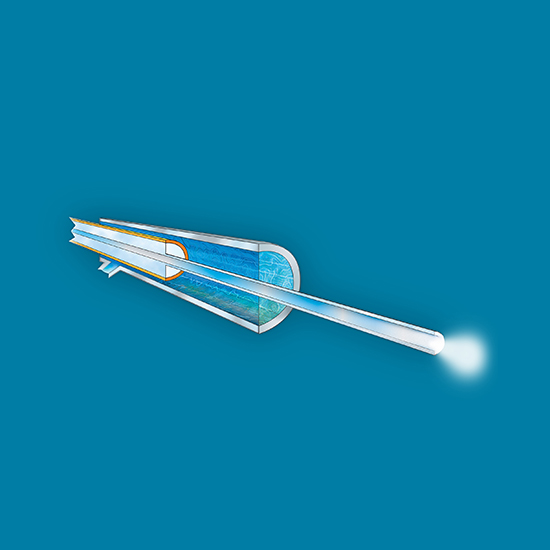
Zero Dead Volume
Located within a protective housing, the CESI 8000’s sprayer combines an intrinsically low-flow CE separation with electrospray ionization (ESI) within a single, simple device that has no liquid junction or dead volume.

Swift and Simple "Plug-and-Spray" Design
The OptiMS Adapter Kit can be easily installed so you can begin acquiring CESI-MS data within minutes, utilizing our "plug-and-spray" workflow with the CESI OptiMS capillary cartridge.
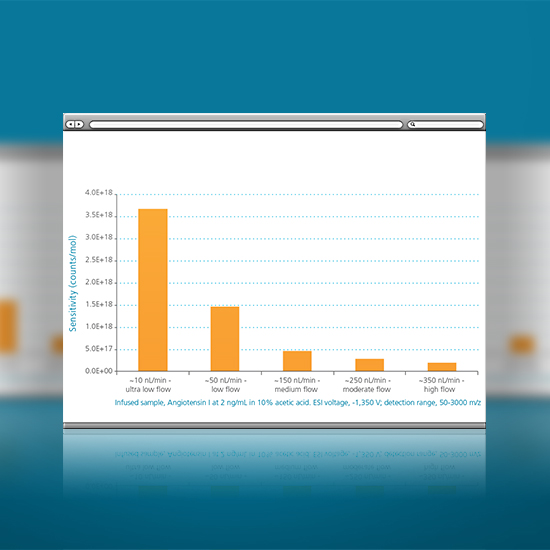
Consume Minute Samples with Extreme Sensitivity
CESI-MS is particularly valuable for precious samples such as: subcellular fractions, microdialysates, CSF, murine samples, CTCs, needle biopsies, FFPE archives, or highly toxic samples such as ADCs and venoms.
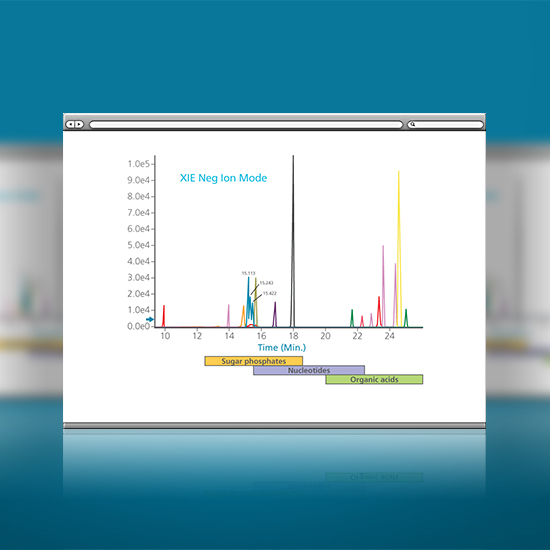
Excels at Charged and Polar Metabolites and Peptides
Electrophoretic separation combined with highly efficient ESI supports a variety of applications, from investigating the anionic and cationic metabolome, to the study of proteoforms, and multimeric protein complexes.
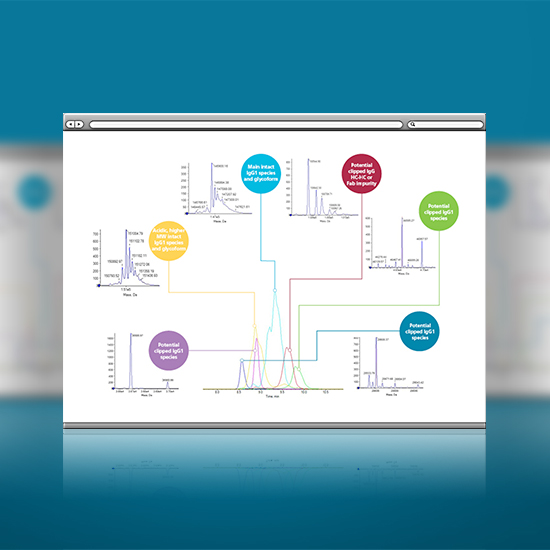
Enables High-Resolution Separation
For deep characterization of proteoforms, charge states, and PTMs, CESI is the only front end technology that enables liquid phase high resolution separation of proteins, metal binding, and protein complexes.
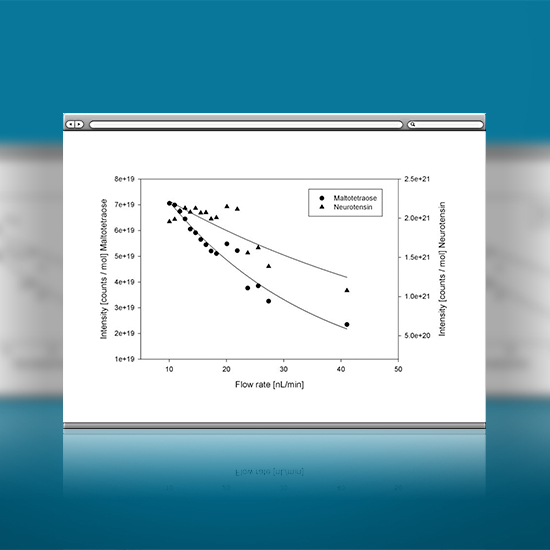
Eliminate Ion Suppression Bias
Combining the high efficiency and ultra-low flow of CE with ESI greatly improves assay sensitivity while reducing ion suppression bias to see what you’ve been missing.
See What You Have Been Missing
Discover why CESI is the method of choice for high-resolution separation of polar metabolites, peptides and proteins rich in particular post-translational modifications (such as glycosylation, citrullination, methylation, and phosphorylation).
Video Length
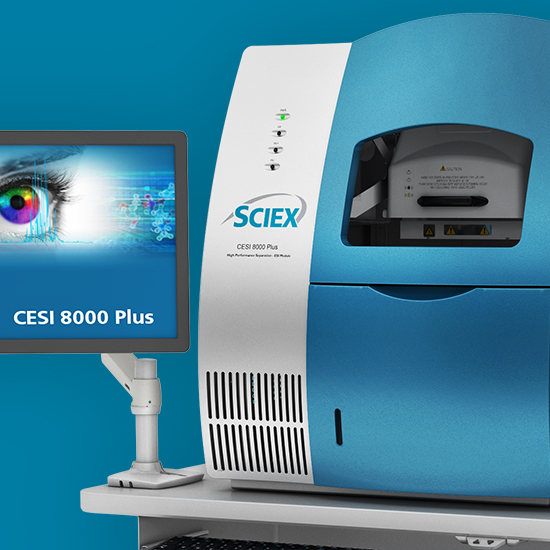
Put CESI Technology to Work for You With the CESI 8000 Plus
Whether using the CESI 8000 Plus as a standalone instrument or connected to a mass spectrometer, the system allows you to see more than ever before.
Technical Note
Detecting Challenging Post Translational Modifications (PTMs) using CESI-MS
Technical Note
Intact Casein - A Model System for the Separation of Intact Phosphorylated Proteins by CESI-MS
Technical Note
Improving the Detection Limits for Highly Basic Neuropeptides Using CESI-MS
Technical Note
Expanding phosphorylation and post translational site mapping in proteomics using CESI-MS
Technical Note
A new approach to the analysis of anionic metabolites by CESI-MS with negative ion electrospray ionization
